“To sustain in today’s competitive marketplace, it has become essential to utilize innovative technologies that make solution more powerful”
By MYBRANDBOOK

Milan Kumar CIO-CVCS - ZF Group
Key Priorities of 2020
Ever since the advent of digitalization, the fundamentals of industries began to change for the better. One of the main reasons behind the drastic changes in the operation of industries is user needs and competitiveness.
To sustain in today’s competitive marketplace, it has become essential to utilize innovative technologies that make solution more powerful. Even big companies like Yahoo and Google are investing valiantly in the latest technological trends like Block chain technology, Big Data and AI for enhancing the user experience. It is estimated that over 1 billion people will use AR/VR in the year 2021 and IoT could be worth $20 trillion in the coming years. This makes it clear that universal digital transformation is not far away.
Combining Breakthrough & Fusion approach
In a world “one technology one industry” no longer applies, a singular breakthrough strategy is inadequate; companies need to include both the breakthrough and fusion approaches in their technology strategy. Relying on breakthroughs alone fails because it focuses on the R&D efforts too narrowly, ignoring the possibilities of combining technologies.
Unlike a breakthrough strategy that starts in the laboratory, technology fusion starts with a new understanding of the market. Converting demand from a vague set of wants into well-defined products requires a sophisticated translation skill, demand articulation. Articulating demand is a two-step process: first, translate market data into a product concept; and second, decompose the concept into a set of development projects. Fusion will play an increasingly important role in product development efforts in the future as more and more companies integrate it into their overall technology strategies. And as the scope of fusion expands, it will open the floodgates for an even greater degree of cross-industry R&D. In the future, however, fusion will occur more frequently between industrial sectors.
Achieving Digitalization
The digitalization of our enterprise to be a personal priority. We are becoming ever more central to the boardroom and overall business strategy. The creative use of technology is absolutely accepted as a differentiator, not just in transforming costs or efficiency, but in improving customer experience and enabling disruptive growth. A digital CIO needs to have flexibility to work with new business models, be open to try new ideas and be able to take on feedback. This reflects not only how the CIO is becoming more influential in the boardroom, leading the way on creative disruption, but also the shifting role of the IT department to become a business partner of other departments. One of the first steps is to recognize, with one eye to the future, the challenges and the need to consider future workforce planning. One of the nine pillars of Digital India is IT training. Indian enterprises recognize, according to the Future of Jobs report, the importance of investing in the re-skilling of current employees.



Legal Battle Over IT Act Intensifies Amid Musk’s India Plans
The outcome of the legal dispute between X Corp and the Indian government c...

Wipro inks 10-year deal with Phoenix Group's ReAssure UK worth
The agreement, executed through Wipro and its 100% subsidiary,...

Centre announces that DPDP Rules nearing Finalisation by April
The government seeks to refine the rules for robust data protection, ensuri...

Home Ministry cracks down on PoS agents in digital arrest scam
Digital arrest scams are a growing cybercrime where victims are coerced or ...


ICONS OF INDIA : RAJIV MEMANI
As Chair of the EY Global Emerging Markets Committee, Rajiv connects e...
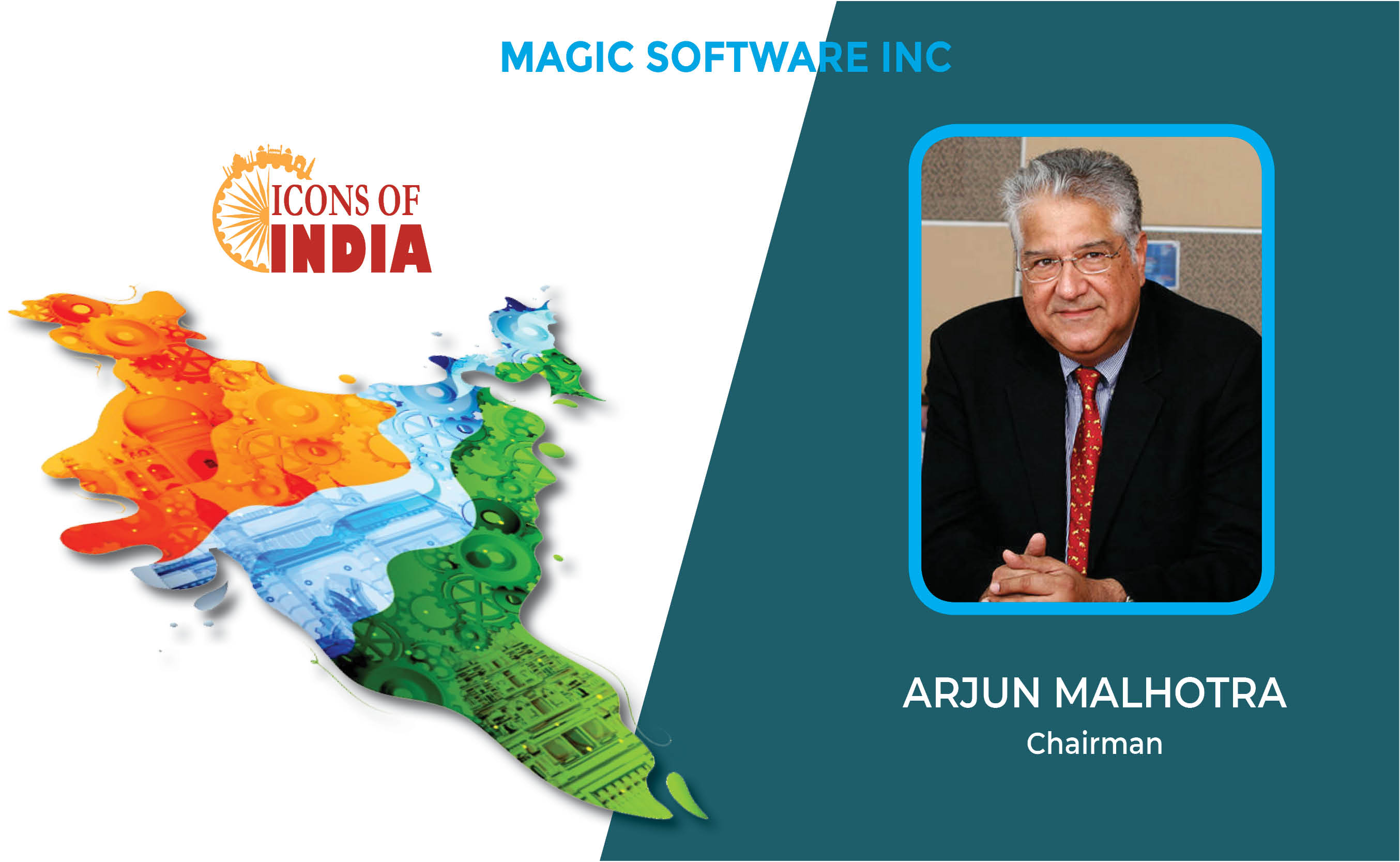
Icons Of India : Arjun Malhotra
Arjun Malhotra, the Chairman of Magic Software Inc., is widely recogni...
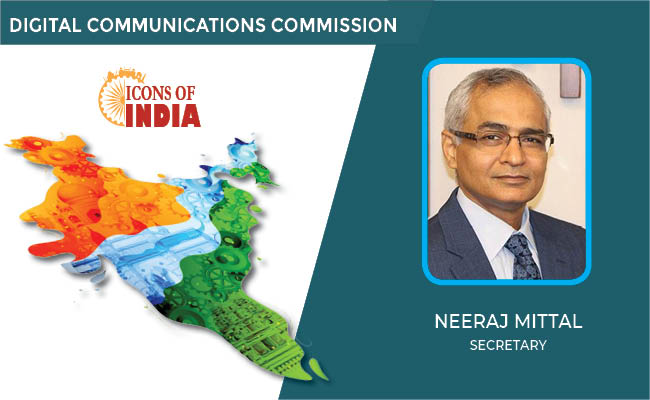
Icons Of India : NEERAJ MITTAL
He started his career as an IAS Officer in 1992. He has held various a...

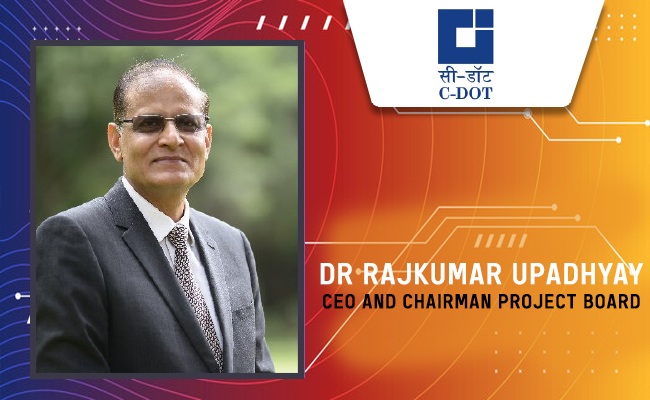
C-DOT - Center of Development of Telematics
India’s premier research and development center focused on telecommu...

GSTN - Goods and Services Tax Network
GSTN provides shared IT infrastructure and service to both central and...
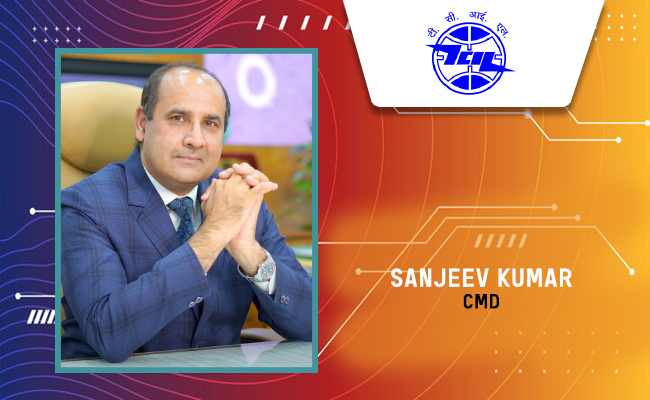
TCIL - Telecommunications Consultants India Limited
TCIL is a government-owned engineering and consultancy company...

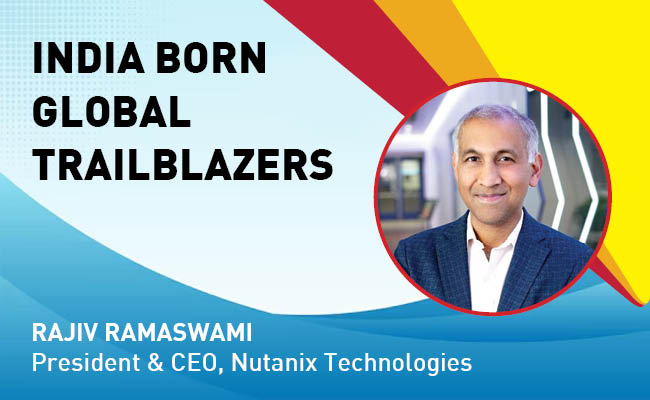
Indian Tech Talent Excelling The Tech World - Rajiv Ramaswami, President & CEO, Nutanix Technologies
Rajiv Ramaswami, President and CEO of Nutanix, brings over 30 years of...
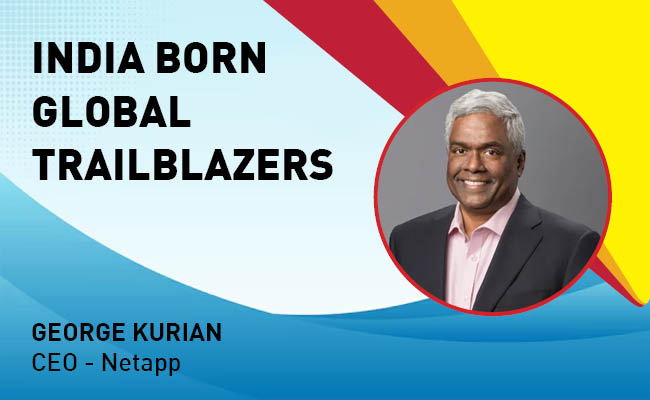
Indian Tech Talent Excelling The Tech World - George Kurian, CEO, Netapp
George Kurian, the CEO of global data storage and management services ...
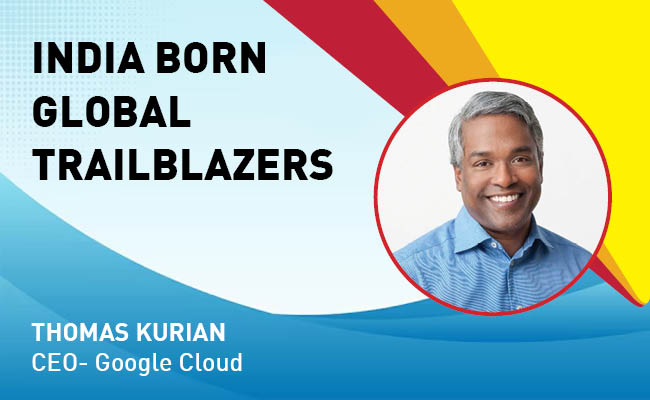
Indian Tech Talent Excelling The Tech World - Thomas Kurian, CEO- Google Cloud
Thomas Kurian, the CEO of Google Cloud, has been instrumental in expan...
 of images belongs to the respective copyright holders
of images belongs to the respective copyright holders